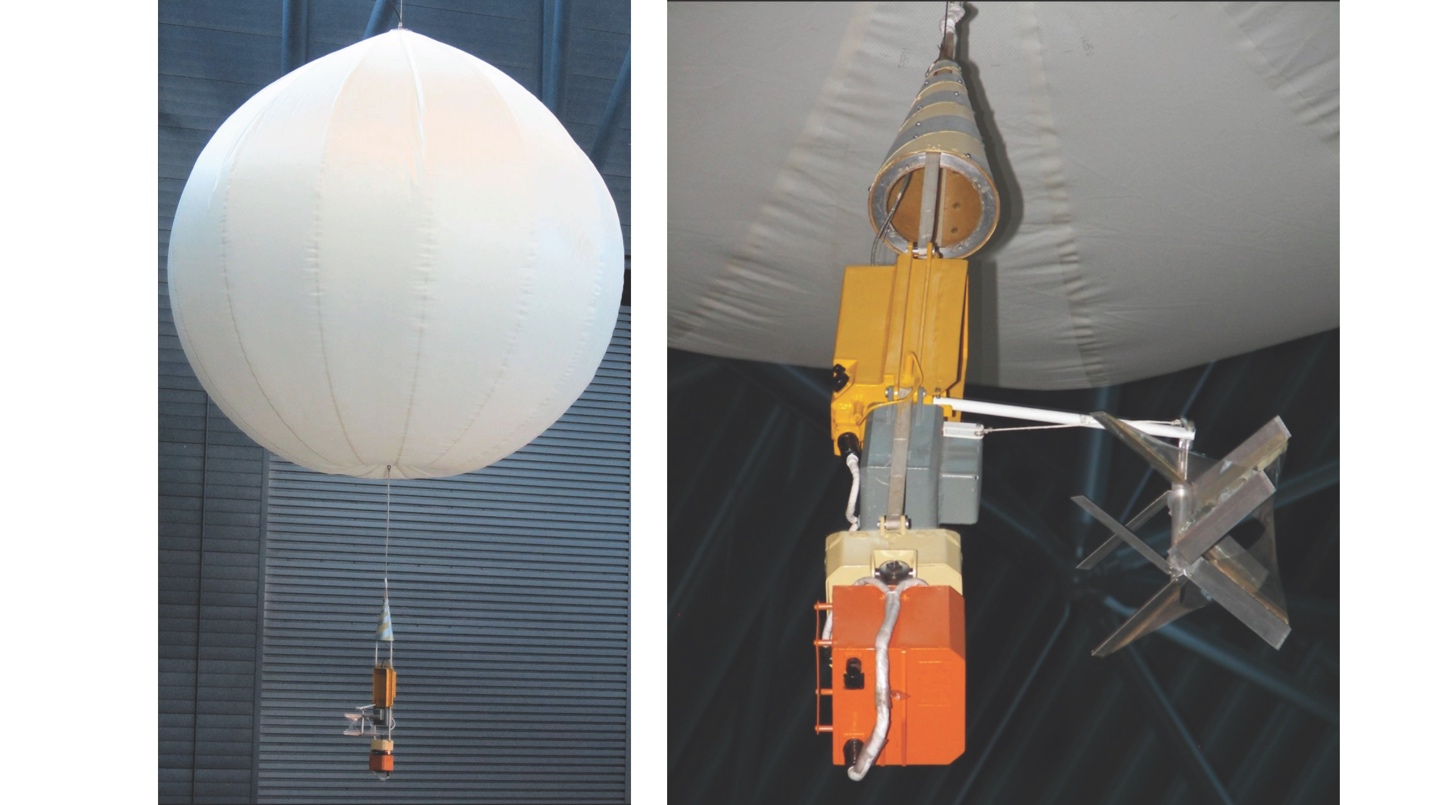Venus Atmospheric Profiles
Brief Description of the data
The VeGa mission was conducted by the USSR with scientific payloads and ground tracking support from several countries, notably France and the USA. The Project Scientist was Roald Z. Sagdeev of the Institute for Space Research (IKI) in Moscow. The mission consisted of two space vehicles that combined a Venus lander (and balloon) and a carrier spacecraft which would go on to Halley. On 11 and 15 June 1985 lander vehicles entered the Venus atmosphere. During the descent of these landers, each released a helium-filled balloon to float near the cloud tops. The landers each reached and survived on the surface for about an hour, while both balloons were successful and transmitted data for 46.5hrs in the nightside atmosphere while being tracked by an international network of radio telescopes.
The balloon scientific return was ultimately limited by energy, supplied by lithium primary batteries (~1 kg, 250 W-hr). Their payload was austere (the whole gondola was 6.9kg), with pressure and temperature sensors, a light level/lightning detector, a nephelometer (cloud backscatter sensor) and a lightweight 'windmill' vertical anemometer. Additional investigations included Doppler measurements to retrieve turbulence and windspeed, and position measurements using the Differential Very Long Baseline Interferometry (DVLBI) technique.
This data consists of Tables containing time, pressure, temperature, backscatter, latitude, longitude and wind speed.
Citing Data for Publication - R.D. Lorenz, D. Crisp and L. Huber, Vega 1 and Vega 2 Balloon and Lander Archive, VEGA1/VEGA2-V-2/3-VENUS-1.0,NASA Planetary Data System, 2020.
 PDS: The Planetary Atmospheres Node
PDS: The Planetary Atmospheres Node


